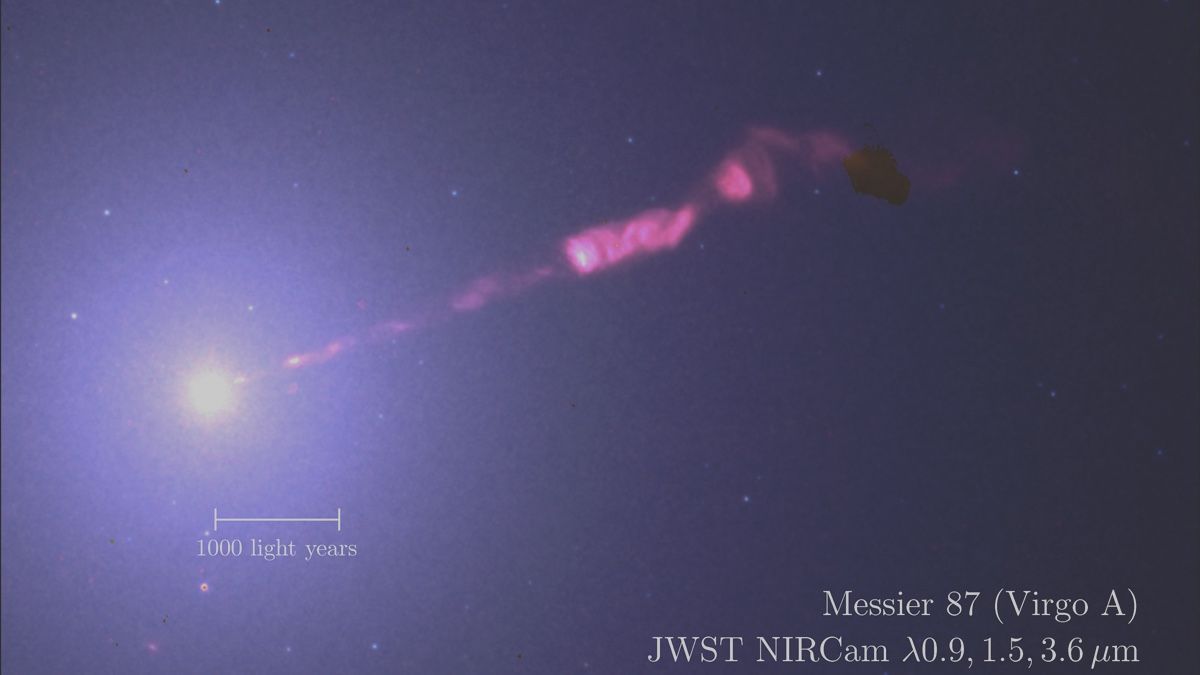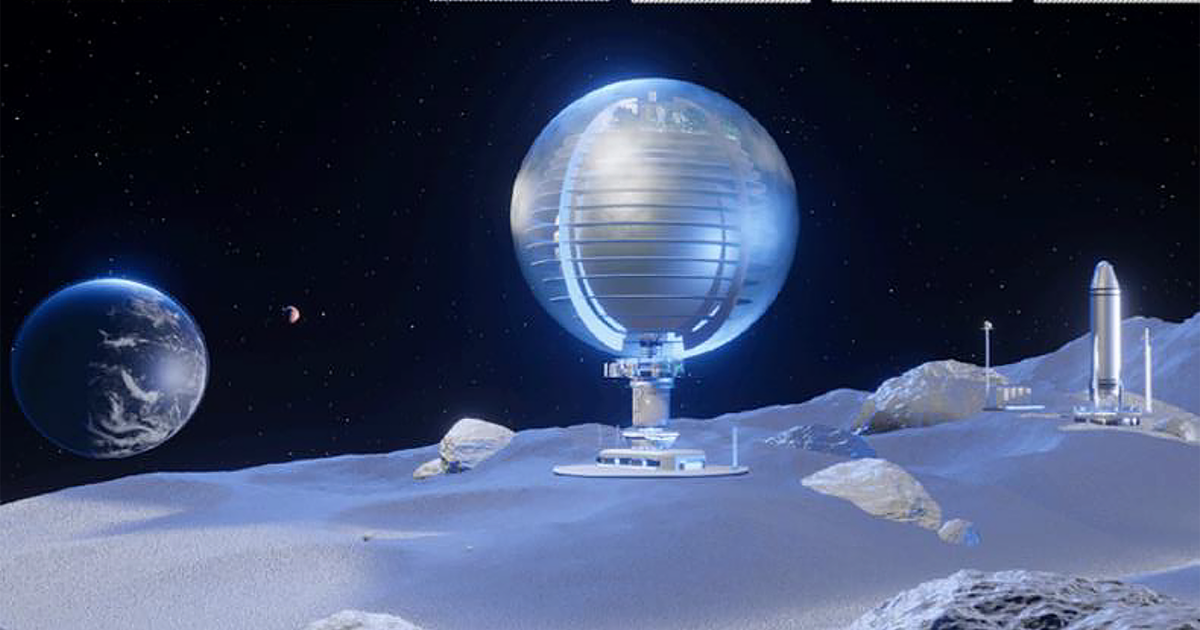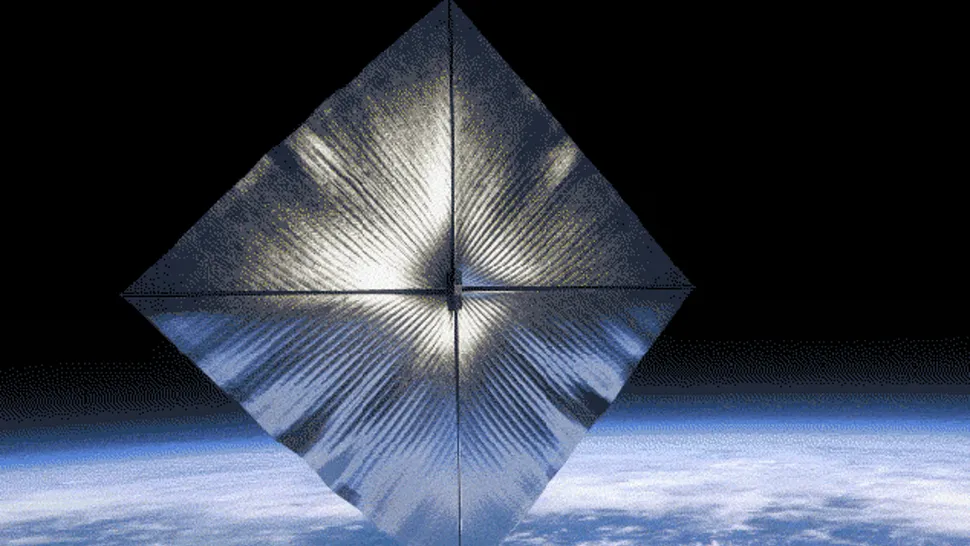New images from the James Webb telescope have captured previously unseen details of the gargantuan jets shooting out of the famous black hole M87* — the first-ever black hole to be directly imaged by the Event Horizon Telescope.
The new James…

New images from the James Webb telescope have captured previously unseen details of the gargantuan jets shooting out of the famous black hole M87* — the first-ever black hole to be directly imaged by the Event Horizon Telescope.
The new James…
This request seems a bit unusual, so we need to confirm that you’re human. Please press and hold the button until it turns completely green. Thank you for your cooperation!
CHAMPAIGN, Ill. — Inspired by an artist’s stencils, researchers have developed atomic-level precision patterning on nanoparticle surfaces, allowing them to “paint” gold nanoparticles with polymers to give them an array of new shapes and…

We fabricated our devices using procedures similar to those described in ref. 22. A free-standing silicon nitride (SiN) membrane was used as a substrate for our van der Waals assembly that involved four atomically flat…


Use cases for smart materials in space exploration keep cropping up everywhere. They are used in everything from antenna deployments on satellites to rover deformation and reformation. One of the latest ideas is to use them to transform…

English physicist and science communicator Brian Cox has given some of his thoughts on comet 3I/ATLAS, the interstellar visitor currently hurtling its way through the Solar System.
On July 1, 2025, astronomers at the Asteroid Terrestrial-impact…

Researchers at the University of Basel in Switzerland have found that certain nutrients can cause a mild stress reaction in nematodes. Surprisingly, this reaction doesn’t harm the worms — it actually helps them remain healthier as they grow…